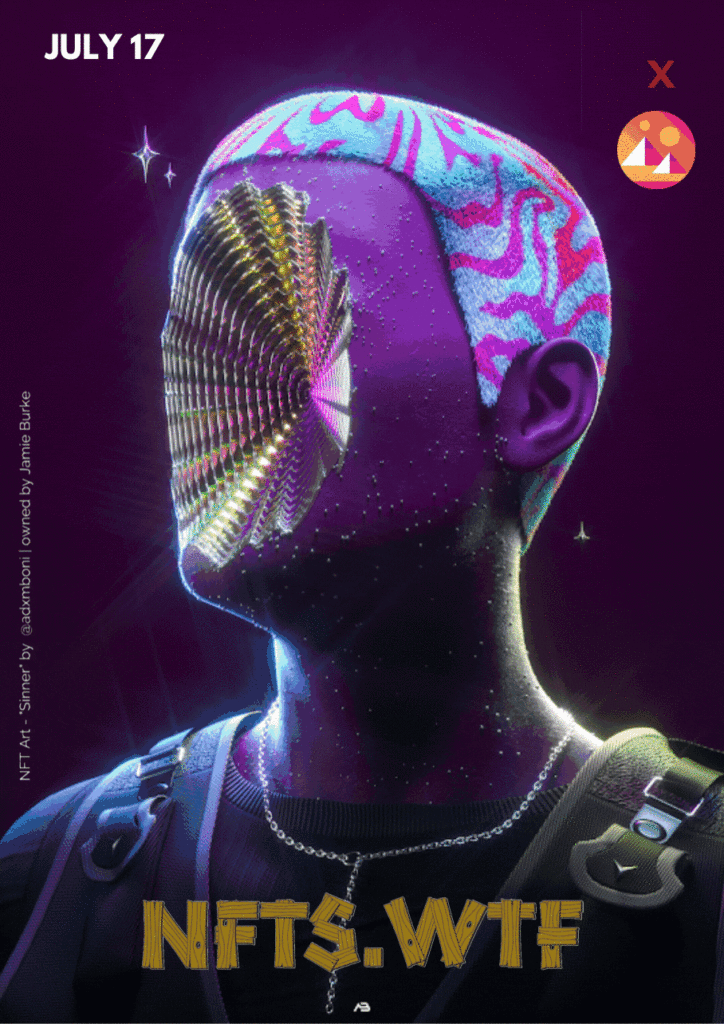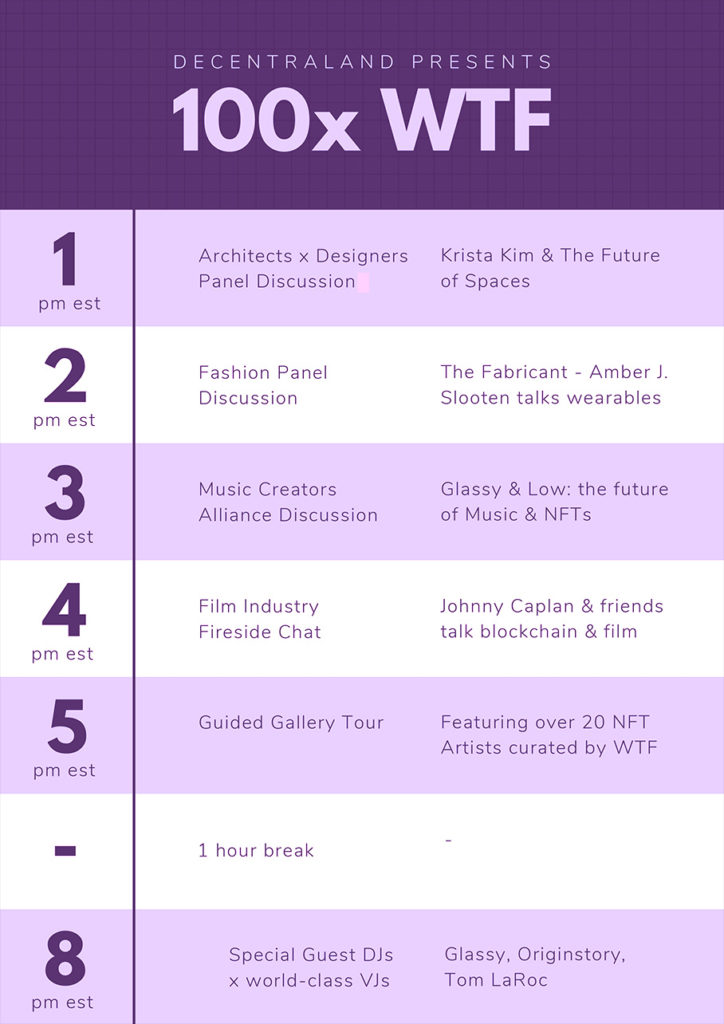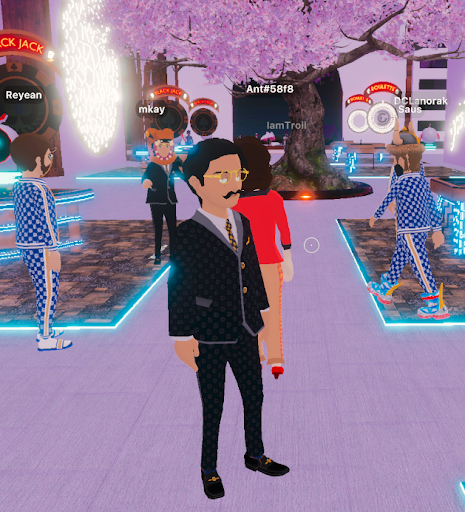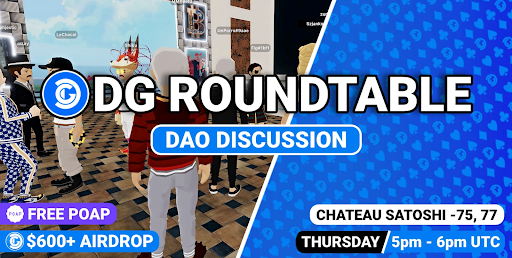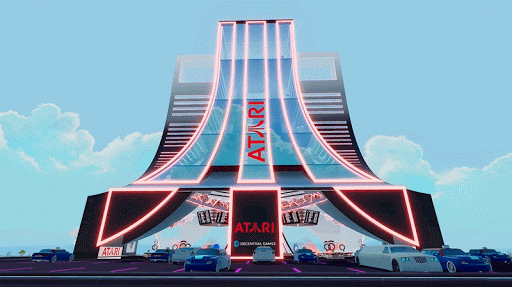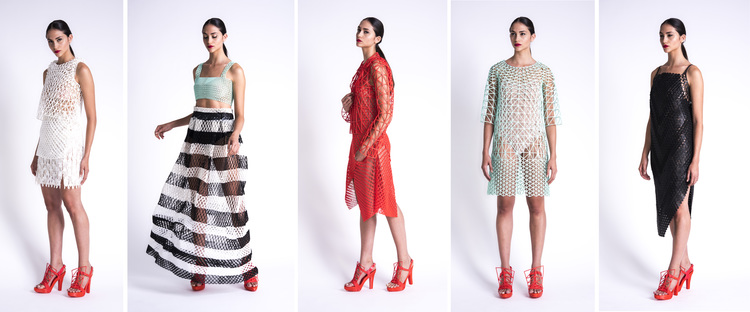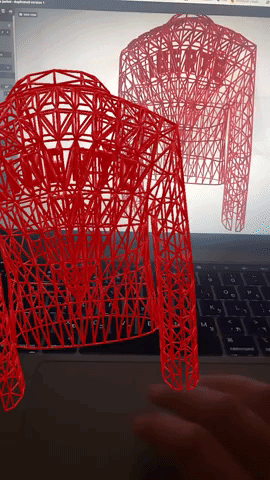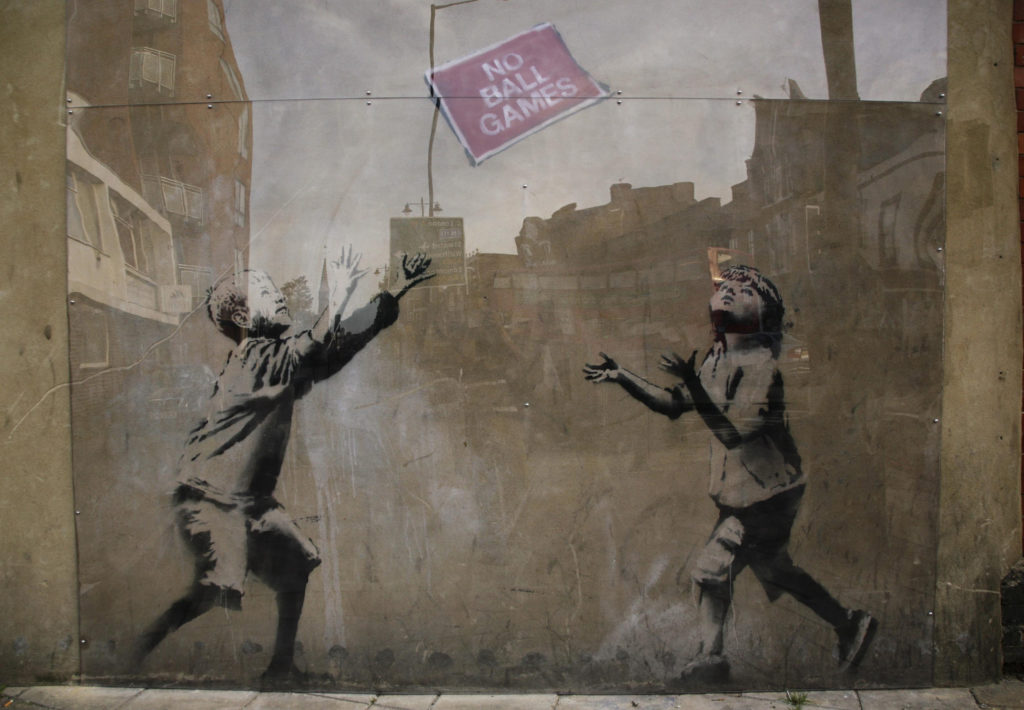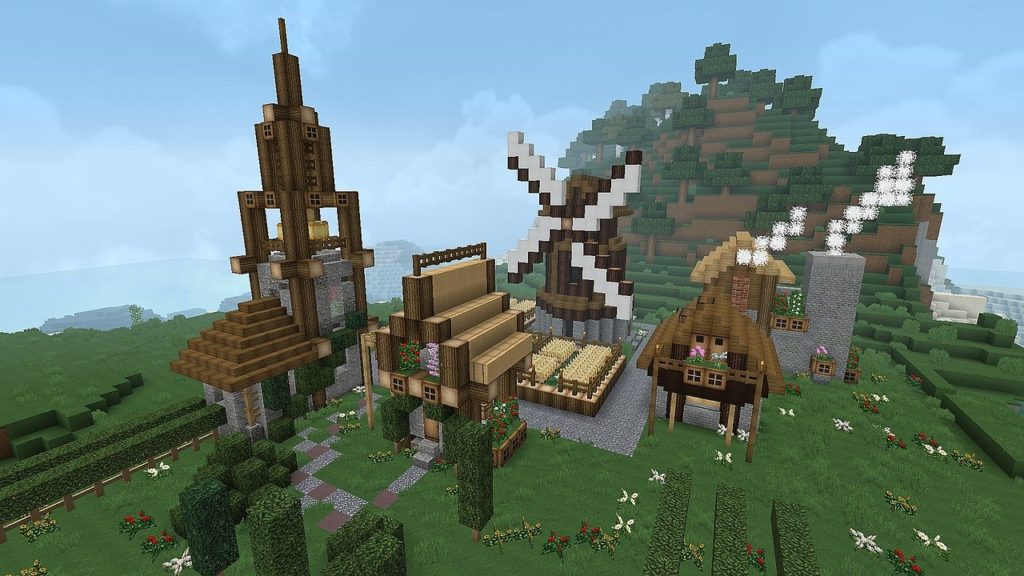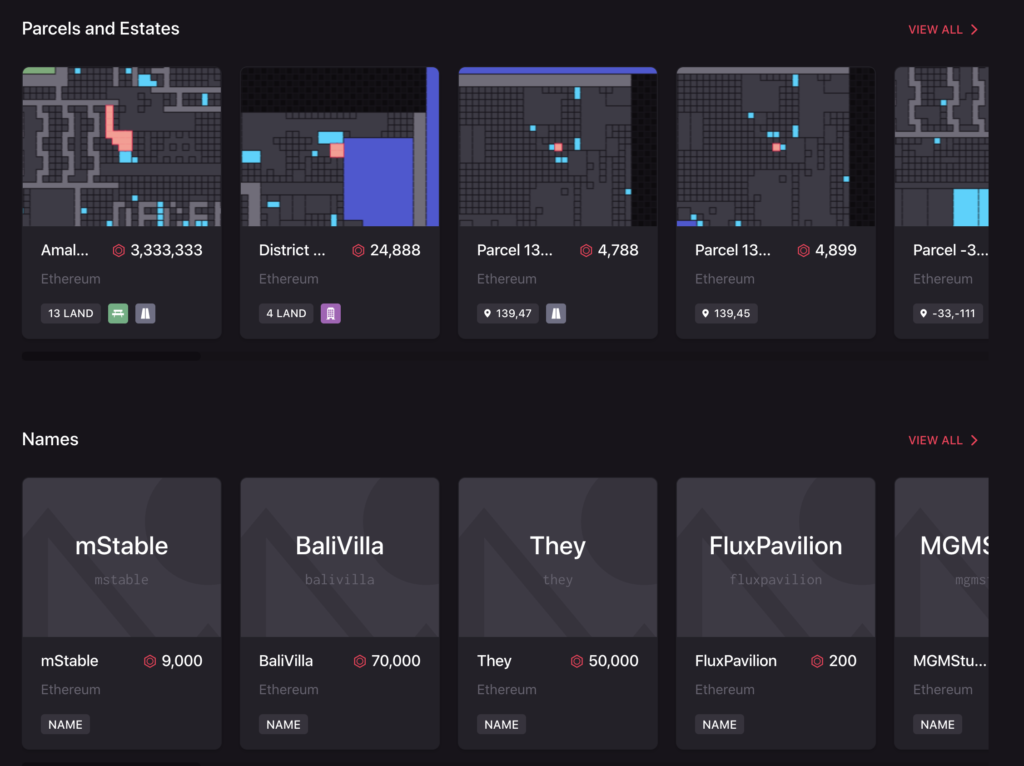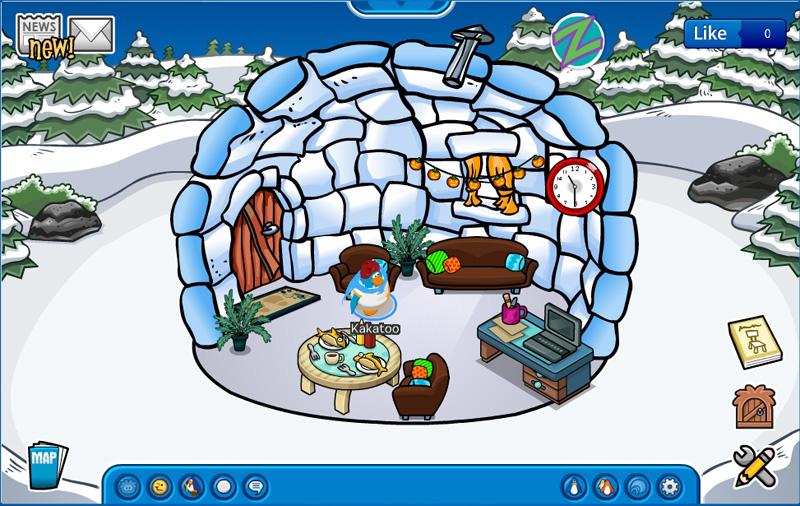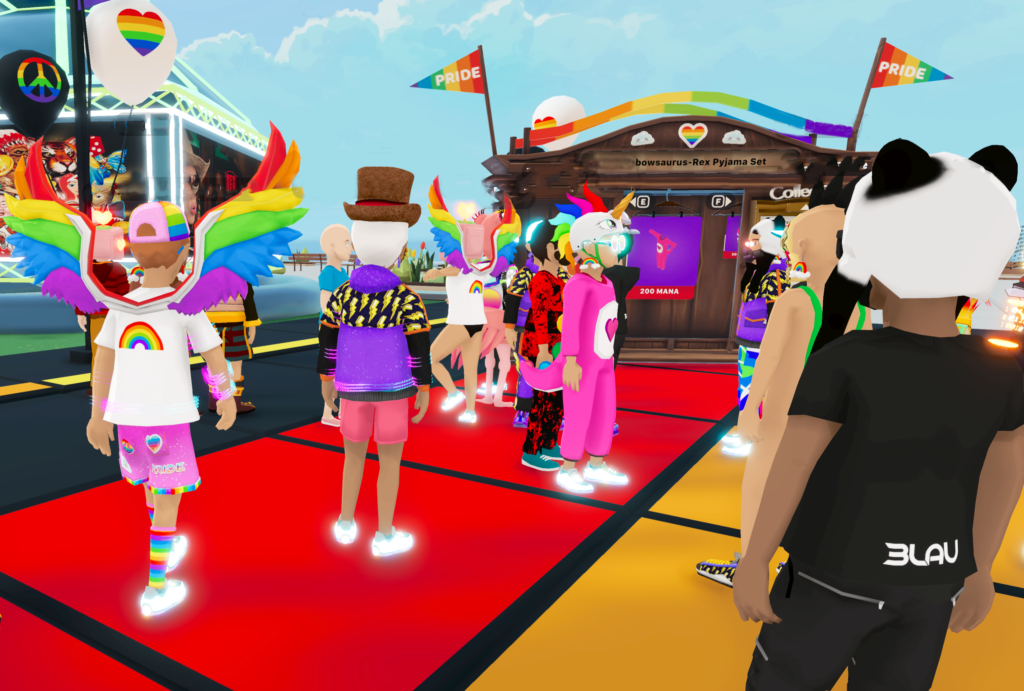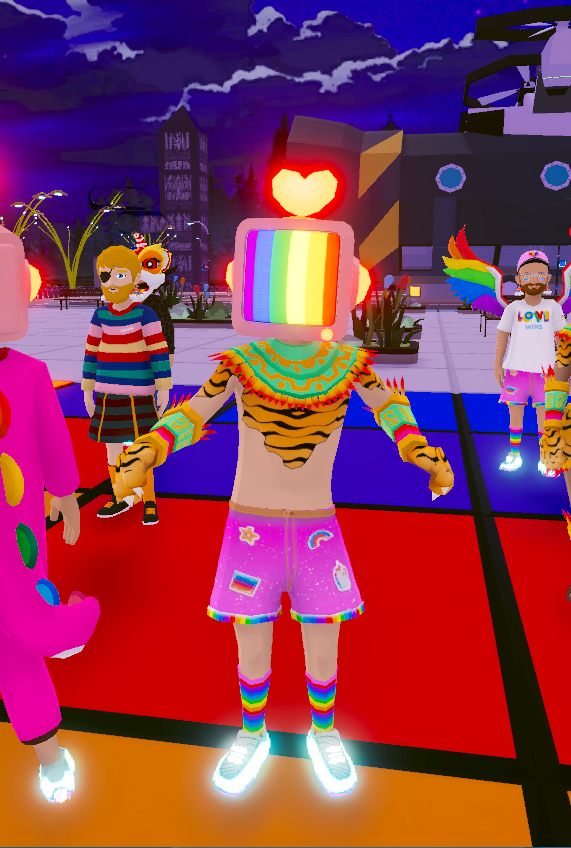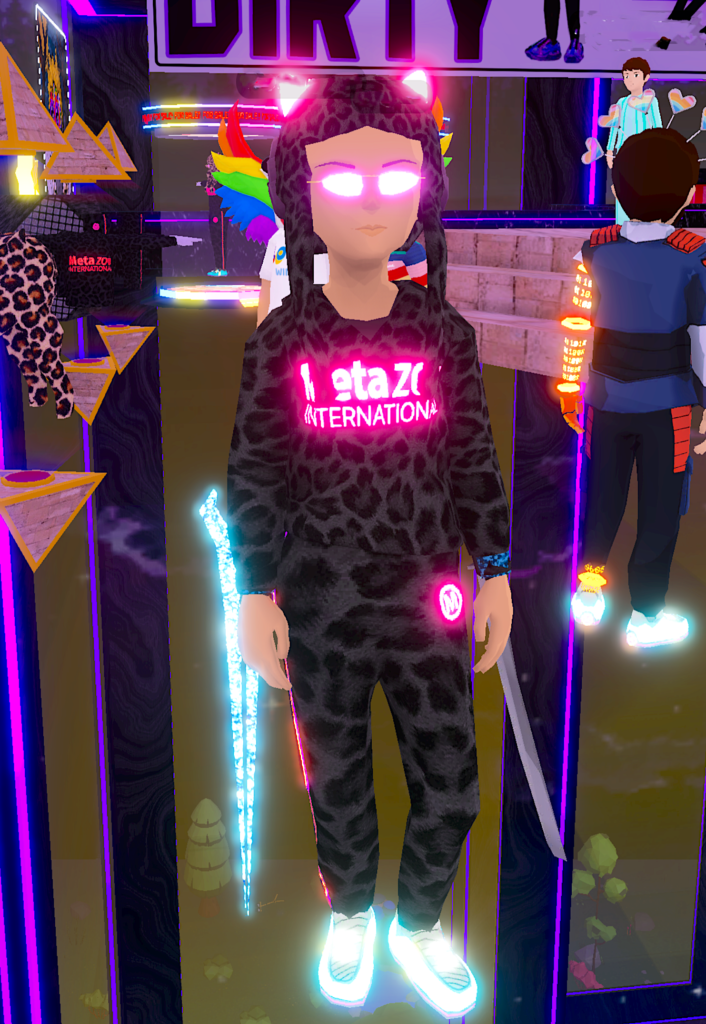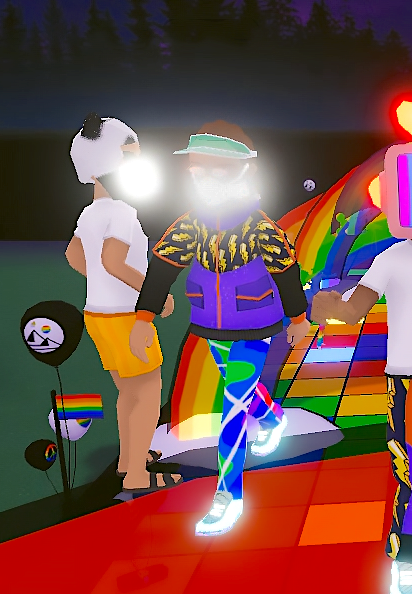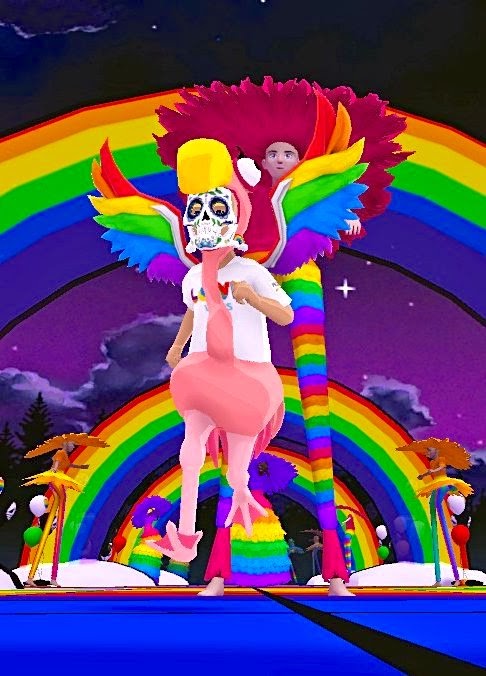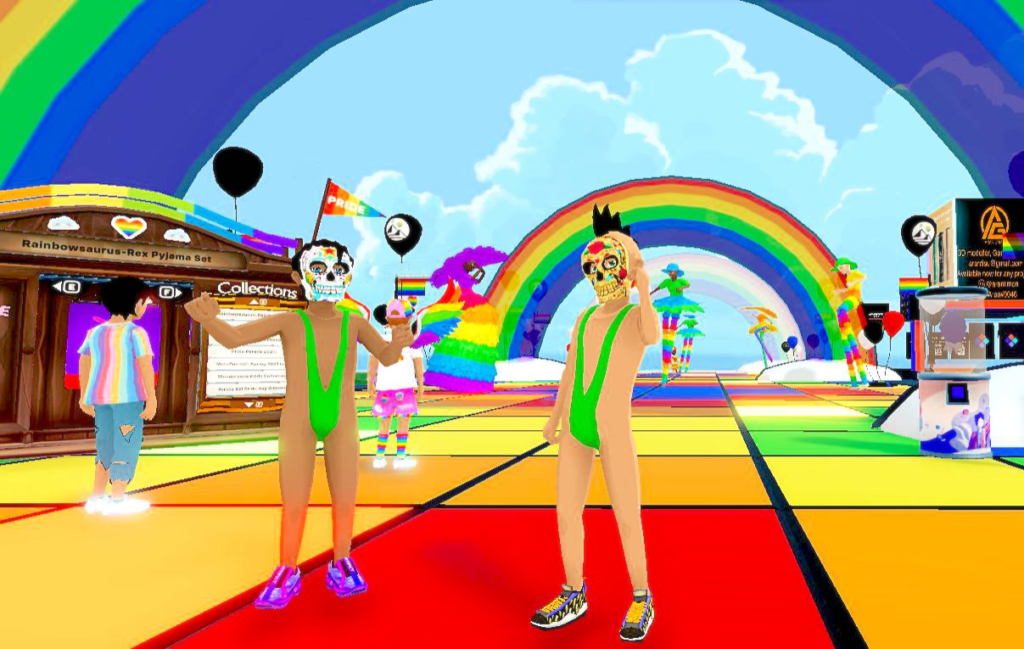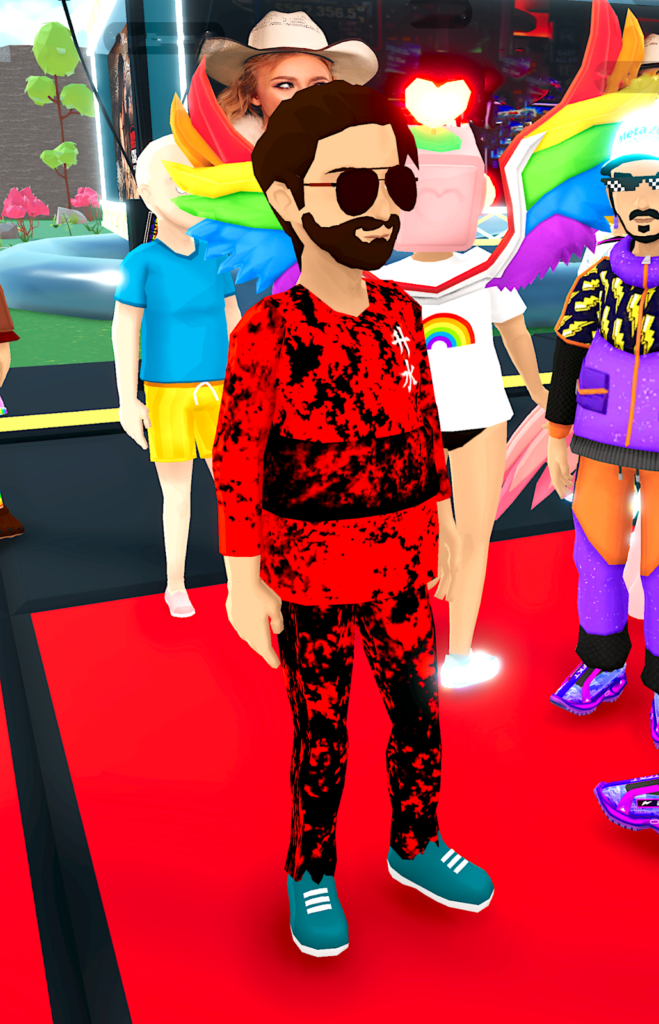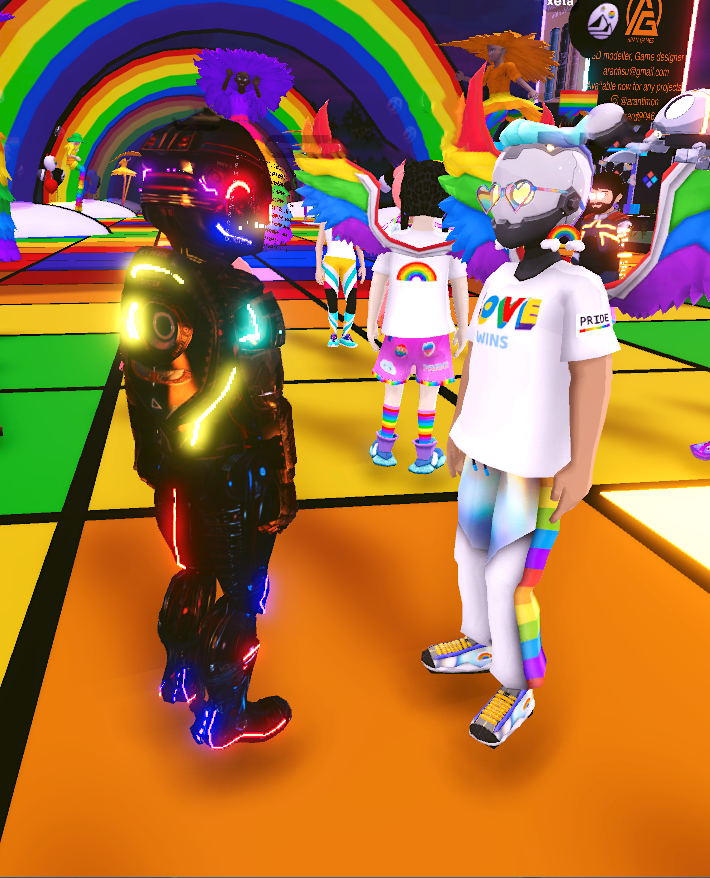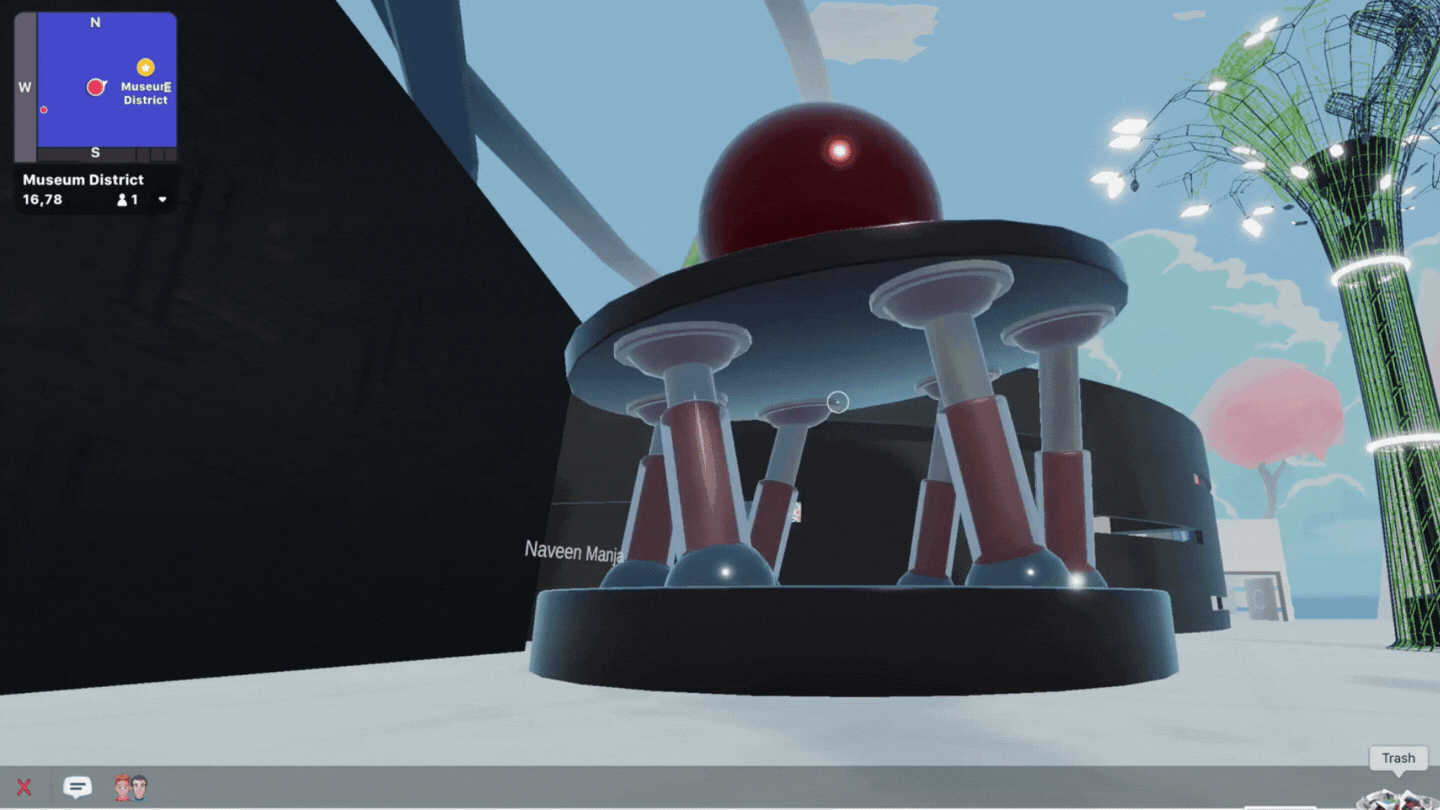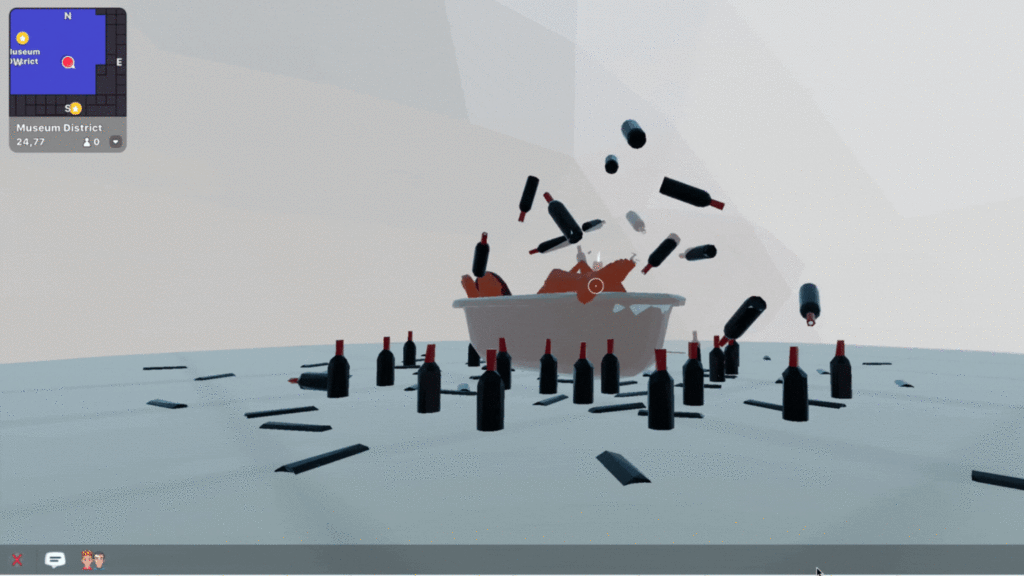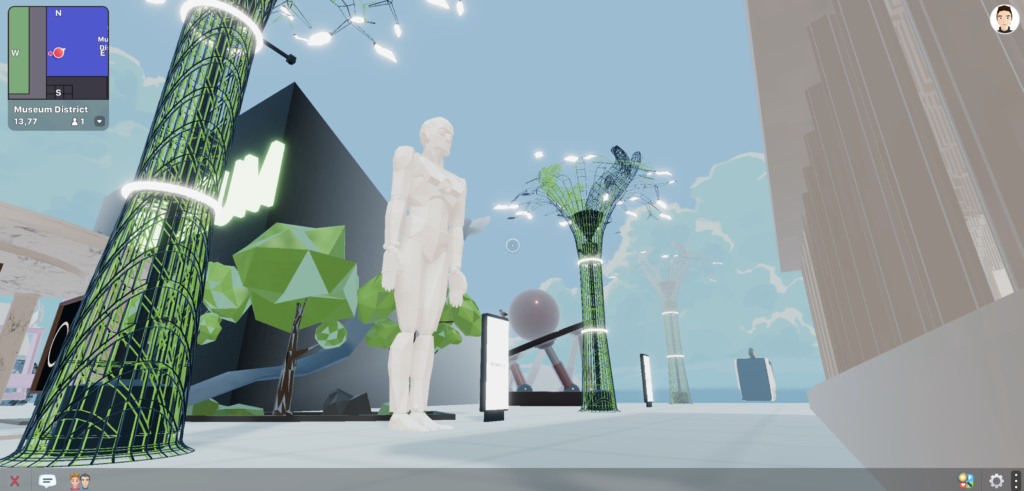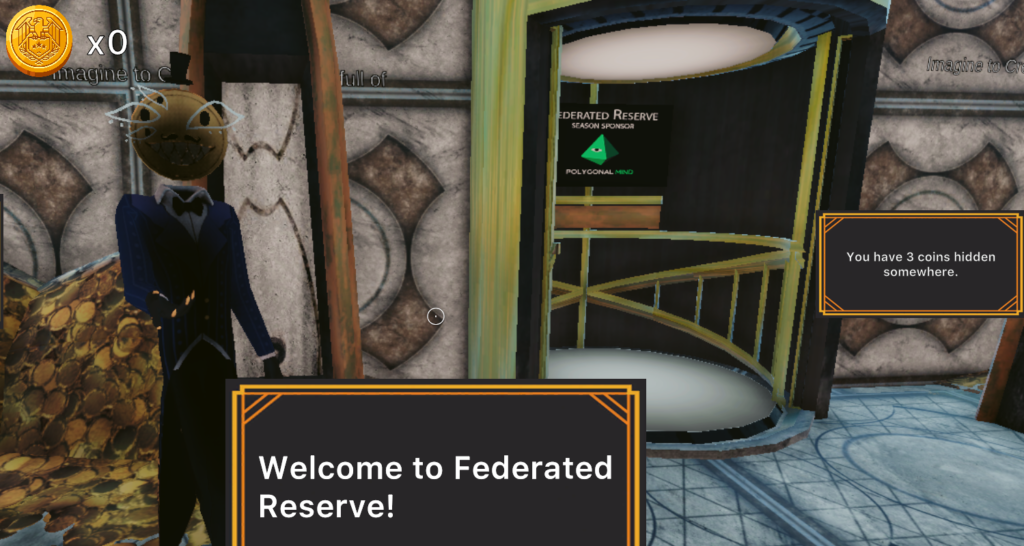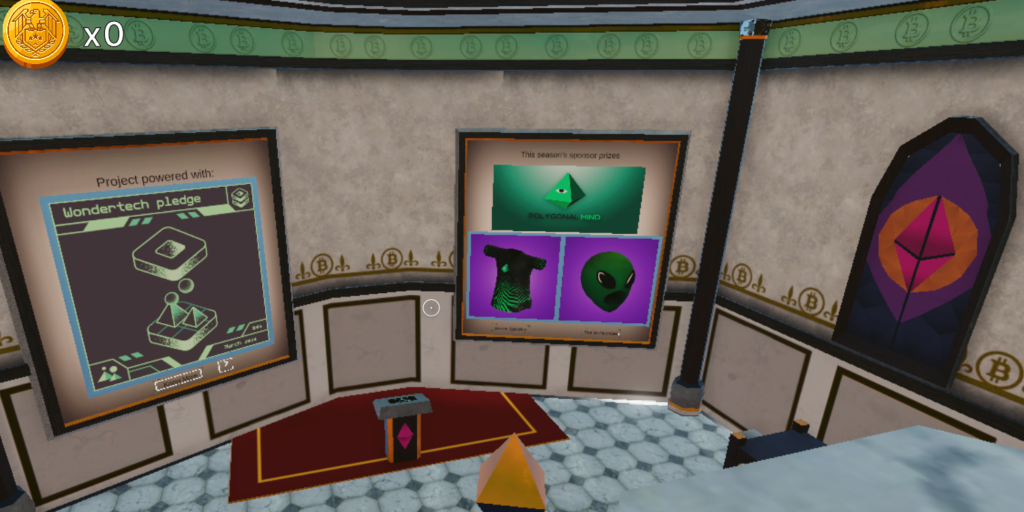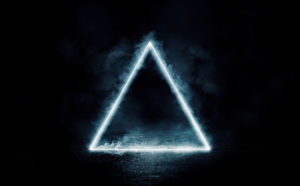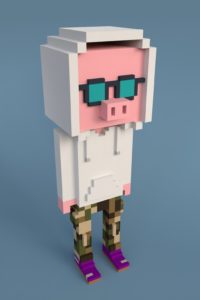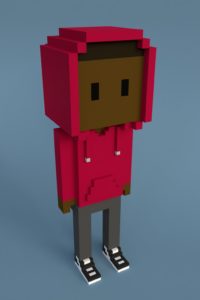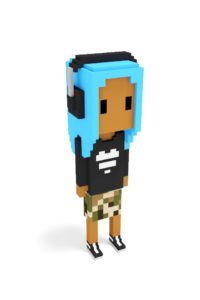On July 8th, avatars from around the world gathered in Decentraland (DCL) for ten days of art and music. With numerous galleries already in DCL (Sotheby’s & MOCDA ), this art week welcomed new collections from top NFT platforms and crypto artists as well.
💯xARt and NFTs.tips closed the week with a full day of events curated by David Cash, Glassy Music, and Pilar Côté. In addition, Nix Crypto moderated live discussions throughout the afternoon.
Here are the best events from DCL Art Week:
DAY 1
VEGAS CITY BLOCK PARTY & LOBSTEROPOLIS by Philip Colbert x B52’s x DEVO
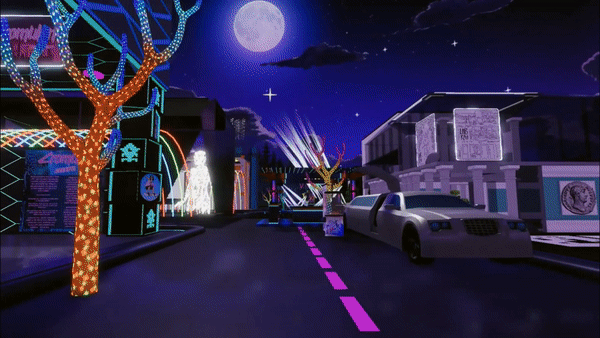
With 100 artist-built galleries, the Vegas Arts District was shining bright! Avatars showed off their dance moves in the main square with live music and new art installations. Visit the ongoing exhibitions here.
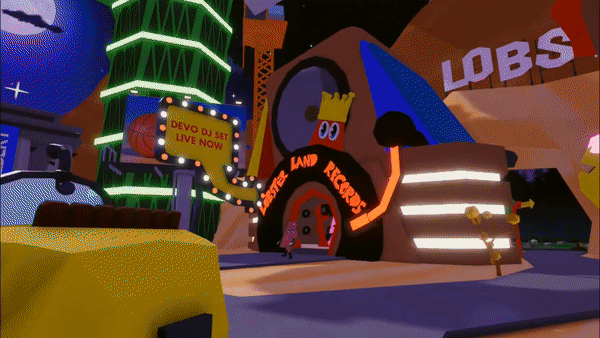
Philip Colbert worked with the renowned B52’s and DEVO to bring Lobsteropolis to life. A large-scale interactive installation featuring his signature lobster characters. Visit the lobster city here.
DAY 2
BACK TO AMY: PHOTO EXHIBIT
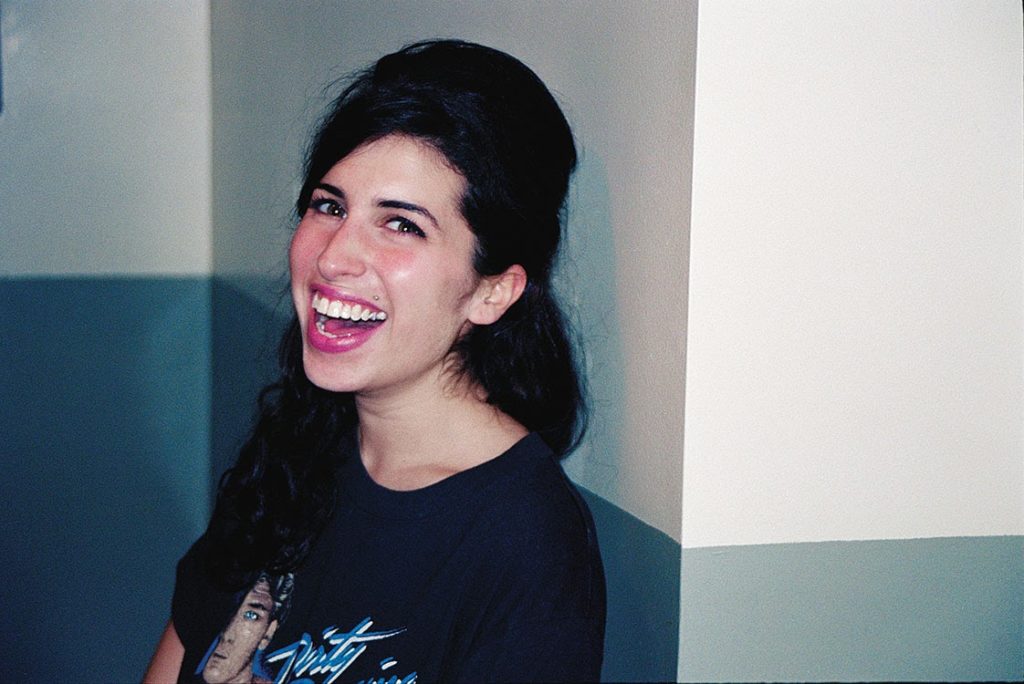
In the Festival District, Casa Azul displayed an intimate photo series featuring Amy Winehouse. Photographer Charles Moriarty recalls his time with the profound artist before her untimely death.

The event was a mixture of tears and smiles as avatars viewed Moriarty’s work. In addition, unique DCL wearables are available, giving users exclusive access to a live stream of the Back to Amy Benefit Concert on July 23rd. View the exhibition at Casa Azul.
PORTION AUCTION HOUSE: MUSEUM GRAND OPENING
Art week day 2 starts in @decentraland at 8PM UTC! We will be checking out the @PortionApp gallery on my stream! https://t.co/NSaOinKULg
Here is a quick sneak peak 😀#Decentraland #dcl #nft #nfts #portionapp #portionnft pic.twitter.com/v5lktQVVAA— Peanutbutta (@PeanutbuttaDCL) July 9, 2021
The latest addition to the Voltaire Art District, Portion Auction House exhibits collections of photography, comics, digital arts, and physical arts. There are even a few iconic memes as well. Visit their new gallery here.
DAY 3
MIAMI BEACH ART COLLECTION by PLAYBOY x SUPERRARE
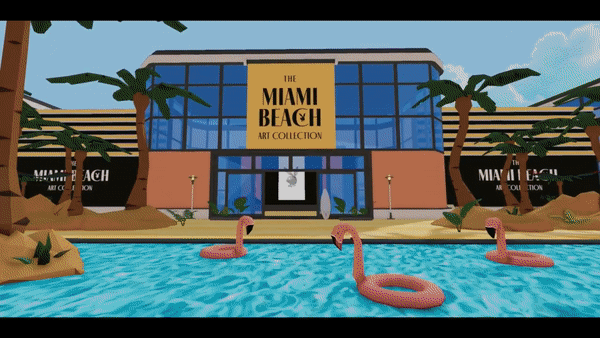
It was a wild Playboy party in Crypto Valley. Celebrating their Miami Beach Art Collection, Playboy and SuperRare auctioned several exclusive collaborations and exhibited past iconic cover issues.
See the collection at the Crypto Valley Art Gallery.
DAY 4
TO THE MOON! MUSIC & ARTS FESTIVAL
Everybody getting vibey at #ToTheMoon – Rn @DrFresch doing a lofi set in @decentraland pic.twitter.com/2qed022ccZ
— BadPhotographer (@BadPhotoNFT) July 11, 2021
KnownOrigin hosted a 3-hour music festival and art showcase. With a new dancefloor and live-stream DJs from around the world, it was one of the most popular events of DCL Art Week.
Visit the KnownOrigin Gallery here.
DAY 5
BRYAN BRINKMAN ART INSTALLATION
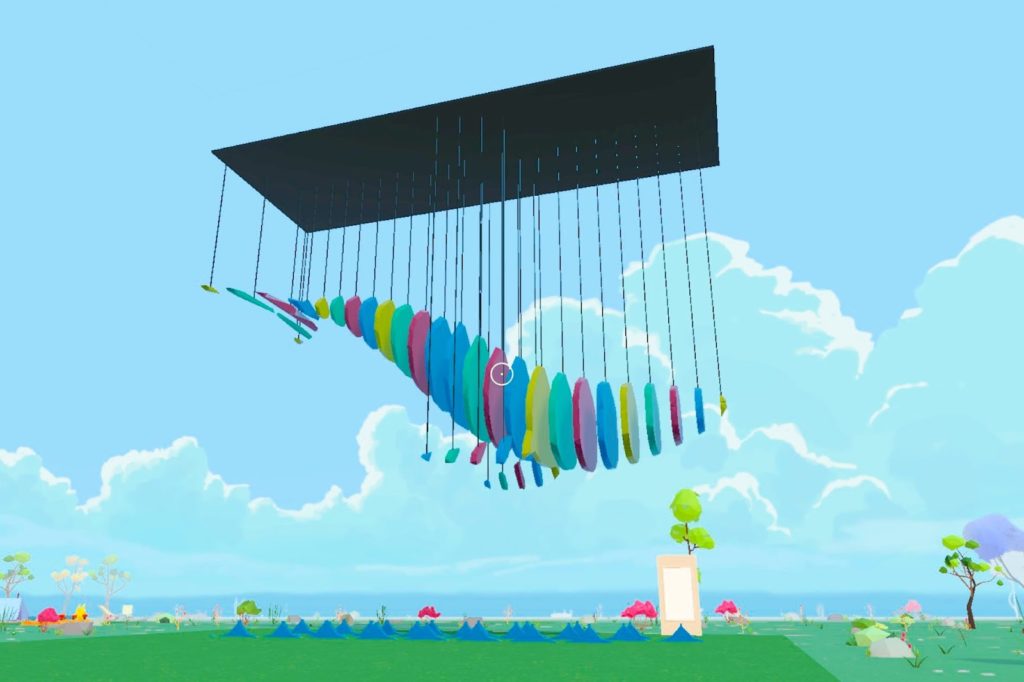
Hosted in the 100xARt district, Bryan Brinkman deployed his latest digital sculpture of a whale suspended overhead.
See the installation here before it’s gone!
DAY 6
CRYPTO ART WEEK ASIA: DJ LOS CAT & QUEEN VENOM
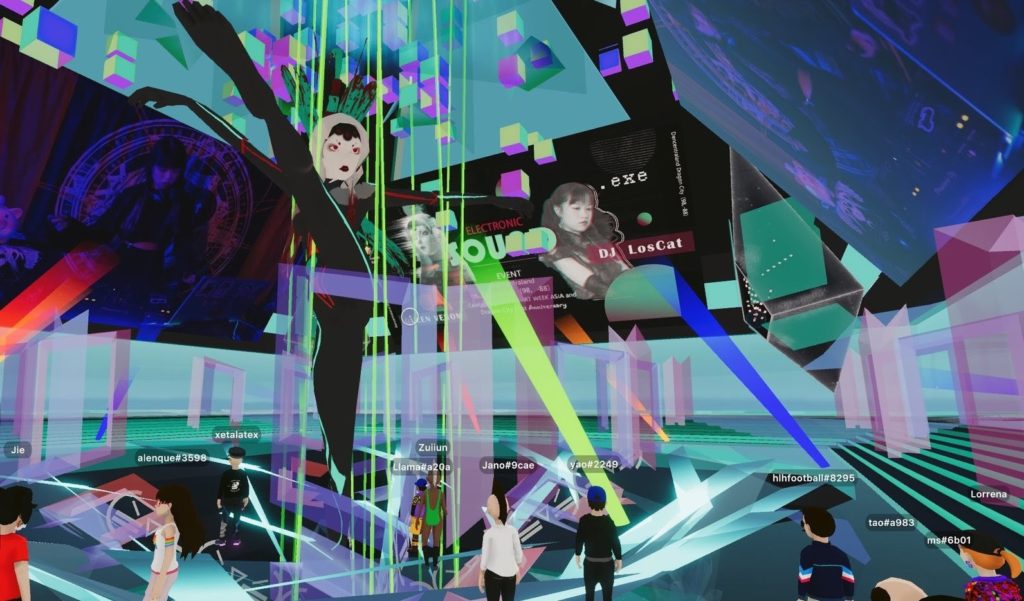
DJ Los Cat and the mysterious avatar Queen Venom wowed Crypto Art Week Asia guests celebrating their first anniversary in Dragon City.
See the impressive Sky City Venue here.
DAY 7
INSIDE BOXHEAD: INSTALLATION & EXHIBIT
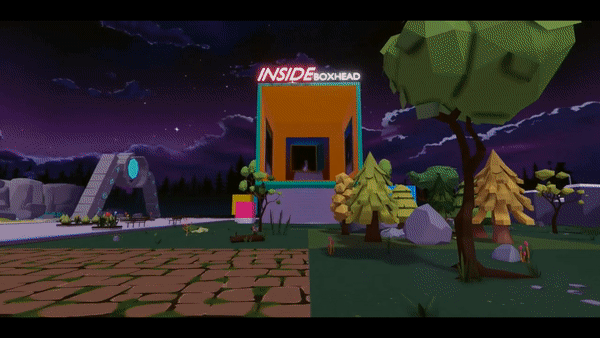
Celebrated artist, Begoña Toledo (aka Boxhead), presents a large-scale installation of her iconic character featuring three of her latest NFTs on Foundation.
See the installation here before it’s gone!
DAY 8
BRAZILIAN ARTISTS: SUPERRARE
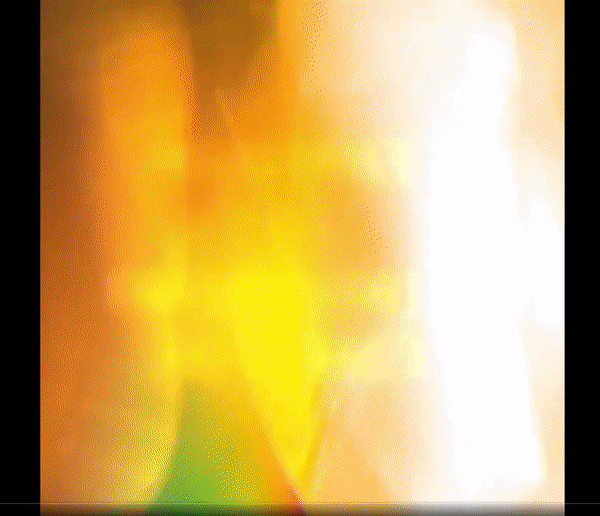
SuperRare is featuring ten Brazilian artists in their expansive gallery in Voltaire Art District.
Visit the ongoing exhibition here.
DAY 9
MOCA SCULPTURE GARDEN OPENING: HACKATAO’S “HACK OF A BEAR”
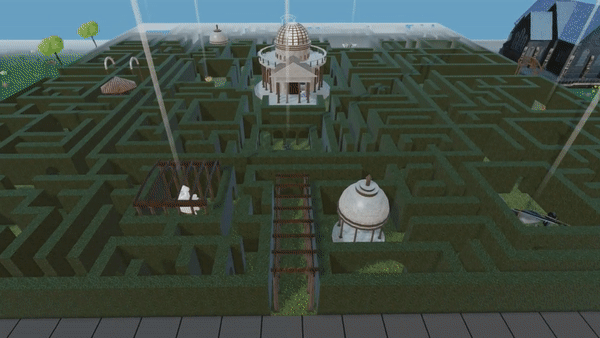
The Museum of Crypto Art (M○C△) opens its metaverse sculpture garden and hedge maze. Within the winding garden, paths reside ten 3D surrealist objects with Hackatao’s famous ‘Hack of a Bear’ in its center.
Try navigating the hedge maze here.
DAY 10
100XART x NFTS.WTF COMMUNITY OPEN
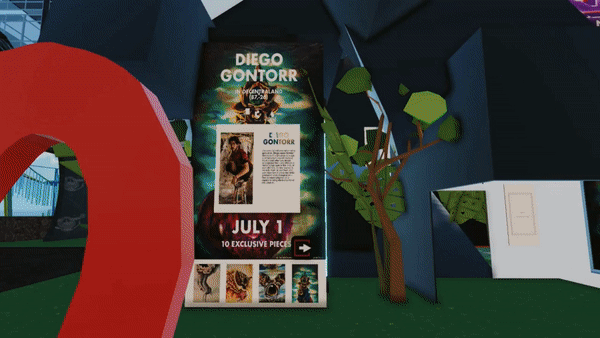
NFTs.WTF partners with 💯xARt Community to bring a full day of music, art, panel discussions, and fashion! Be sure to visit the new 100xARt gallery now open.
Here are the community day highlights:
Architecture Panel
Krista Kim of Mars House discussed the ‘future of spaces’ in architecture and design. Virtual and augmented reality experiences dissolve the limitation of physics. With new metaverse platforms emerging rapidly, it’s clear there will be no shortage of creativity in spatial design.
Panellists:
Krista Kim – Mars House
Eddie Gangland – Artist
Anressa Furletti – Artist
Mark Panckhurst – Artist
Ryan Roybal – Artist, NFT Collective
Evolving Humanity with Tech
As we explore new possibilities with blockchain technologies, how can they be utilized for social good? Nahid Shahalimi of We the Women & Stand up for Unity held a panel to discuss humanitarian efforts in the crypto space.
Panellists:
Nahid Shahalimi – We the Women & Stand up for Unity
Dr. Michael Steffens – European Union
Jeremy Dela Rosa – Leyline
Jon O’Sullivan – Project Ark
Digital Fashion w/ Industry Leaders
David Cash held a panel of the top trailblazers in digital fashion. Wearables in the metaverse have been on the rise. Digital fashion drops are selling out in seconds, with many items worth more than physical luxury brands. As the industry grows, how will fashion and identity evolve with it?
Panellists:
David Cash – Editor in Chief, NFTs.Tips
Amber Jae Slooten – The Fabricant
Emma-Jane McKinnon-Lee – Digitalax
Dr. Alex Box – Future Beauty Future Body
Alissa Aulbekova – Auroboros
Paula Sello – Auroboros
Natalia Modenova – DressX
Future of Music & NFTs
Glassy Music and Low Sleazy discuss how NFTs can empower musicians and artists. Intellectual property (IP), decentralized finance (DeFi), and collaborations all play a vital part in rewarding creativity in this new territory for music.
Panellists:
Glassy – Co-founder NFTs.Tips
Low Sleazy – Section Editor NFTs.tips
Pilar Côté – Section Editor NFTs.tips
Omar Vargas – Manager, GusGus
Terra Naomi – Artist/Producer/Songwriter
Film Industry Fireside Chat
Award-winning filmmaker, Jonny Caplan, speaks with NFTs.tips about how blockchain tech can be utilized for film creatives. His latest project, NFTme, is a complete documentary series covering critical developments in the NFT industry. Due for release in late 2021.
Jonny Caplan – Filmmaker, CEO, Tech Talk Media & Impossible Media
Nahid Shahalimi – Section Editor NFTs.tips
David Cash – Editor in Chief, NFTs.tips
Alberto Polanco – Project Manager NFTs.tips
Glassy – Co-founder NFTs.Tips
DJ’s & VJ’s in Decentraland

Avatars showed their best moves while special guests blew everyone away with epic audio/visuals on the VR dance floor.
Audio Visual Sets:

